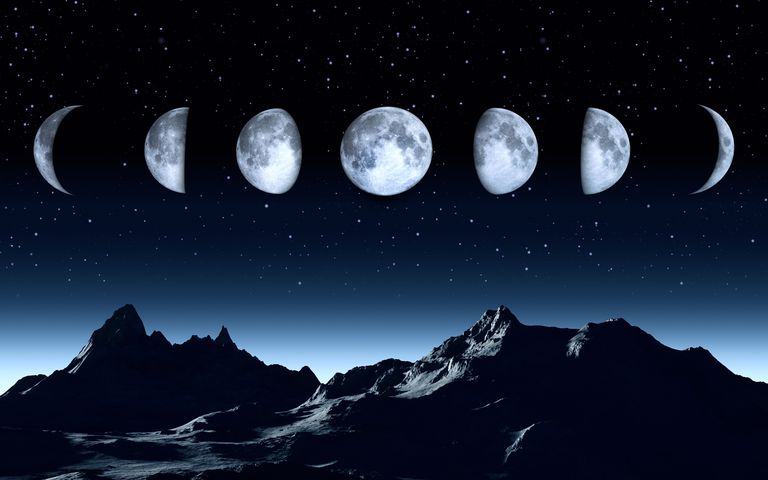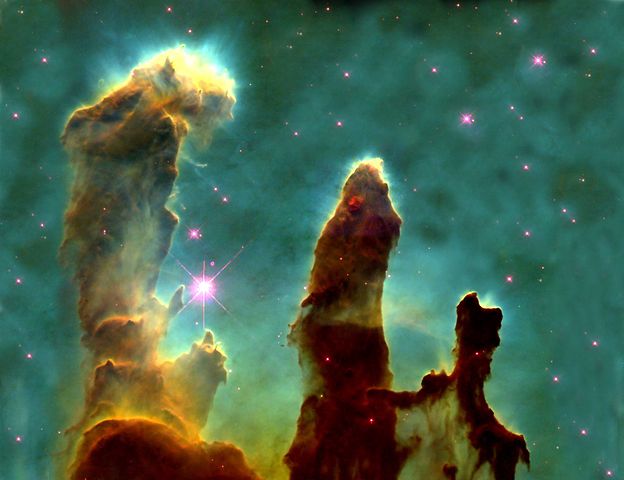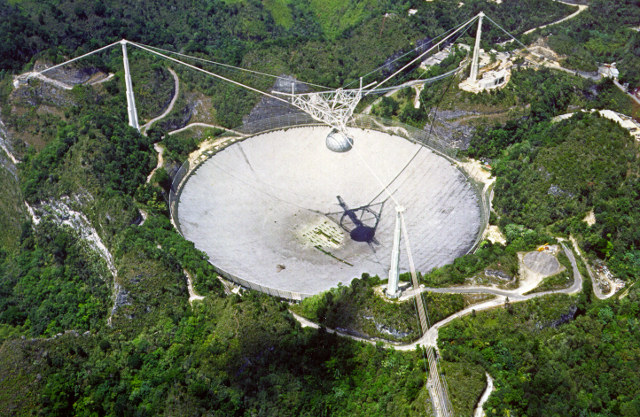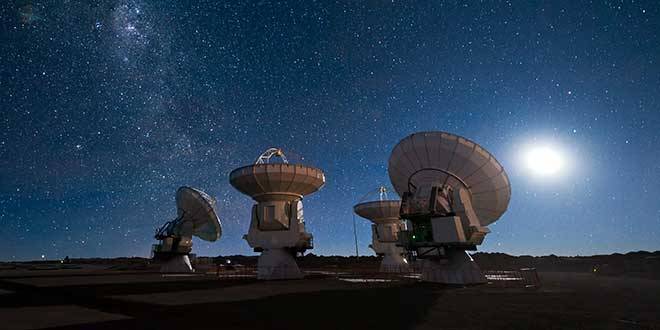
An annular solar eclipse is…an interesting sight, to say the least.
(I sincerely hope the photographer didn’t fry his camera taking this picture. Enough light from the sun is still reaching us to fry your retina, or damage your optics…)
The annular eclipse is not to be confused with an annual eclipse. When my dad first got excited about it back in 2012, preparing us for the spectacular sight of a solar eclipse in May, I wondered why the heck we hadn’t done this every year before. I’d just never heard the word “annular” before!
Since there’s an annular solar eclipse coming up in just over a week, I thought I’d touch up this post from back in 2017! (Don’t worry–we will soon be back to our “regularly scheduled programming” on galaxies.)
So…what exactly is an annular solar eclipse?
Continue reading







